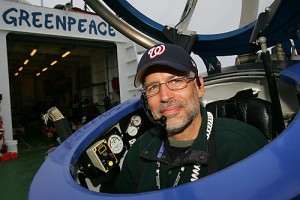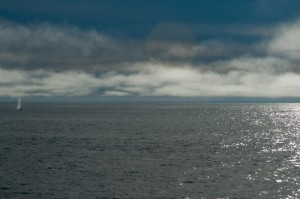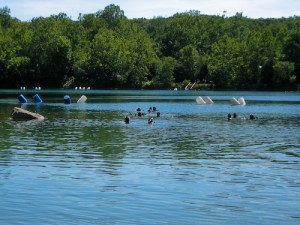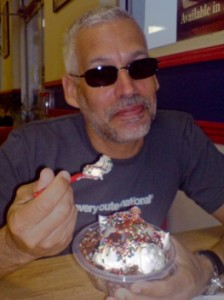Exploration of Pribilof Canyon Now Under Way, Revealing Rich Ecosystem, Corals

Deepwater corals, like this sea whip (Halipteris willemoesi) photographed on Sunday by Timo Marshall, thrive in the deep waters of Pribilof Canyon
Thanks to great weather, state-of-the-art equipment and a top-notch crew, it has been a productive weekend for the team aboard Esperanza which arrived on site at Pribilof Canyon Saturday morning (July 28) when David Guggenheim and Michelle Ridgway made the first tandem dive in two DeepWorker submarines into Pribilof canyon to a depth of just over 1,000 feet and began to document a fascinating diversity of life, including a variety of corals, anenomes, sponges and fish. On Sunday, the ship visited a second site in Pribilof Canyon where John Hocevar and Timo Marshall completed a successful tandem dive, documenting more corals and successfully collecting a number of specimens with DeepWorker’s manipulator arm for analysis by scientists around the world.

John Hocevar (Greenpeace Senior Oceans Specialist) pilots DeepWorker at 1,100 feet in Pribilof Canyon
(Video still by Timo Marshall – 29 July 2007)
Already, the Greenpeace-led team has accumulated nearly 16 hours of bottom time (8 hours per sub), more than all of the previous research done in this region combined. The subs’ high-definition video cameras have already collected over 120 Gb of data. The subs are performing linear transects which will then be analyzed on the video. Twin lasers spaced 20 cm apart allow accurate analysis of the size of organisms encountered. Read more





guggenheim.gif) Last week, Mirriam-Webster’ announced that it was adding the word, “
Last week, Mirriam-Webster’ announced that it was adding the word, “